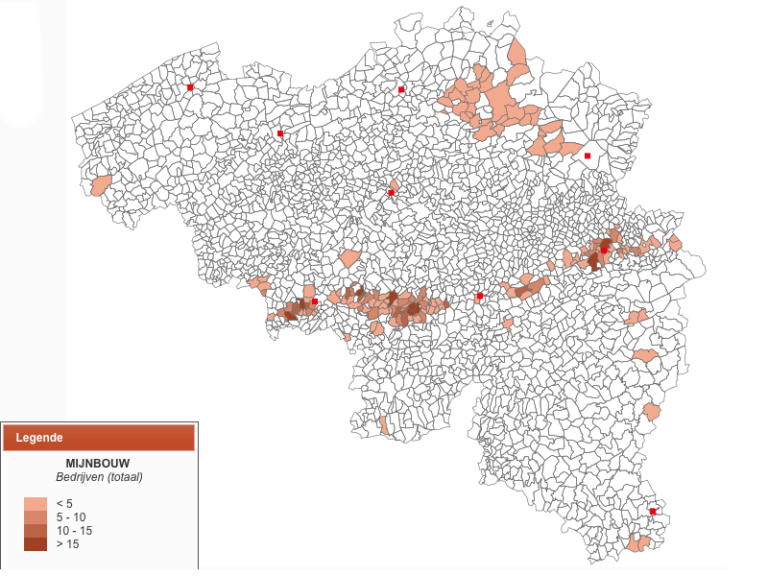DETAILS
Used database:
Date:
Category:
HUNGRY BELGIUM
Read the full article or consult the LOKSTAT website.
Article:
Ronsijn, Wouter, and Eric Vanhaute. “From the hungry 1840s to the dear 1850s: the case of Belgium’s food price crisis, 1853-56”. Agricultural History Review 66, no. 2 (2018): 238–260.
Abstract:
“This paper investigates the 1853–56 food crisis in Europe. It argues that this was not a classic famine triggered by a far-reaching decline in food availability. Instead, it was one of the first instances of a ‘food price crisis’ on an international scale: a crisis instigated by high prices obstructing access to food for large parts of the population. This crisis stemmed from new forms of vulnerability resulting from the internationalization of supply chains, the proletarianization of labour and the commercialization of goods and services. As such, it mainly affected market-dependent urban populations. We conclude by drawing parallels with the contemporary global food system.”
